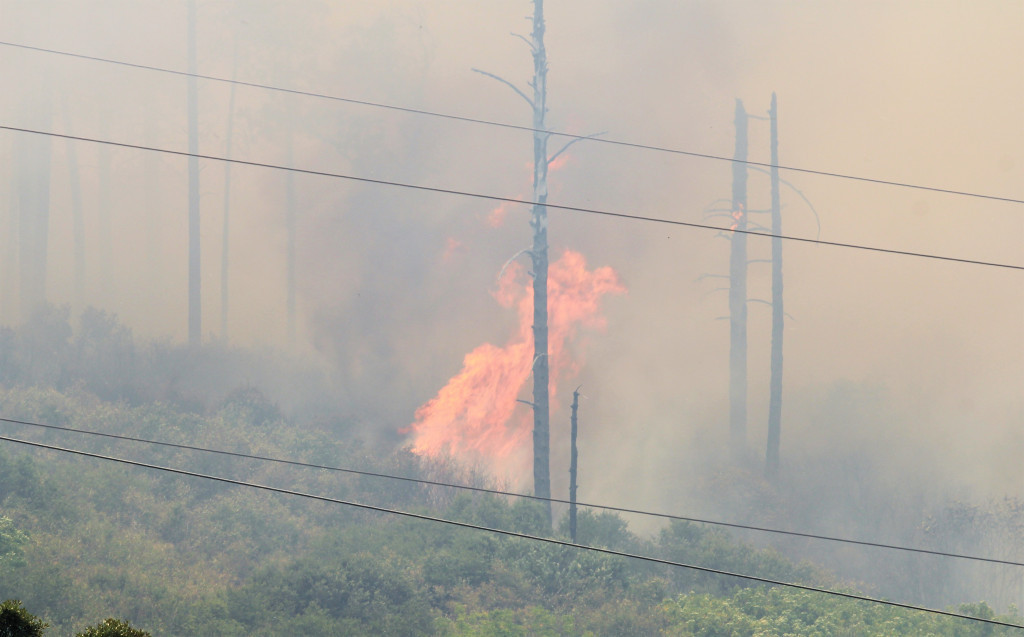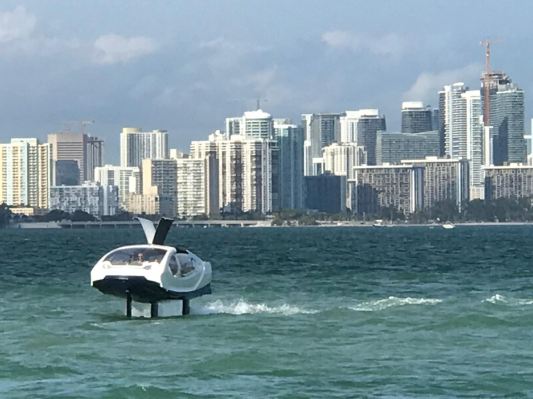Pacific Gas & Electric, the state’s largest power company, said Wednesday that it plans to place 10,000 miles of power lines underground to reduce the possibility of sparking massive wildfires in Northern and Central California — but the utility provided no timeline for the project and limited details of how it would be paid for.
The promise comes three days after the utility admitted that its equipment may have sparked the Dixie Fire burning across at least 85,000-acres in rugged Butte County in the same area where a PG&E transmission line caused the Camp Fire, which killed 85 people and destroyed the town of Paradise in 2018.
PG&E executives estimated that the “starting point” for the project’s total cost is about $15 billion to $20 billion. Utility ratepayers are likely to foot the bill for these massive upgrades: PG&E plans to seek approval from the state Public Utilities Commission for more revenue from customers, executives confirmed, meaning that monthly bills may rise. But the utility also said it would explore new technologies in the hopes of making undergrounding lines both cheaper and faster.
Patti Poppe, PG&E’s chief executive officer, said in a press call Wednesday that the utility had planned to announce the project in a few months but “couldn’t wait, particularly given the proximity to the Dixie Fire and the emotional toll it has on all of us.”
But beyond saying the plan would ultimately put about 10,000 miles of lines underground, PG&E executives were vague on the details — including how many years such an undertaking could require and which lines would be prioritized first.
Asked whether the utility should have undergrounded more lines earlier, Poppe deflected.
“We have our eyes on the horizon,” said Poppe, who took over as CEO in January. “We are going to look forward and work together to make the system safer.”
PG&E counts about 100,000 miles of overhead power lines and about 27,000 miles underground. In Butte County, PG&E has placed about 70 to 80 miles underground after a line in the Feather River Canyon sparked the Camp Fire. Executives want to speed that process up, undergrounding about 1,000 miles of lines per year.
At that rate, hitting the 10,000-mile mark could ostensibly take about a decade — a notion that Poppe was quick to bat down, although she did not provide an alternative timeline.
“We’re not saying that this is a decade-long program,” she said. “Our objective is to … do it as fast as possible.”
Over the coming months, a staff of public safety power shutoff specialists and engineers will map out the highest-risk areas and lines that are “ripe” for undergrounding, Poppe said. She did not explain which PG&E territories or specific lines could be affected.
However, some consumer experts expressed skepticism that PG&E would be able to keep the costs as low as $1.5 million to $2 million per mile — the cost associated with an overall expense of $15 billion to $20 billion.
“In the previous costs that PG&E has submitted, their estimates are more like $4 million a mile,” said Mark Toney, executive director with The Utility Reform Network, or TURN. “We estimate that the 10,000 miles will be more like a $40 billion cost.”
Toney warned that PG&E might wind up driving the cost of electricity to exorbitant levels.
“We are worried that PG&E is creating a world where only the wealthy can afford electricity,” he said. “PG&E needs to come up with a plan to reduce the most wildfire risks possible at the least possible cost to ratepayers.”
CPUC spokesperson Terrie Prosper did not directly respond to questions about how the regulatory agency plans to enforce PG&E’s plans, saying in a statement that it “continues to prioritize public safety and has established processes for considering PG&E’s proposal, once filed.”
“The CPUC would work with stakeholders, including PG&E, in a public process to ensure that the utility is making safety investments that are in the best interest of their customers and all Californians,” Prosper wrote.
The utility last year emerged from a bankruptcy proceeding to reorganize its shattered finances, which buckled beneath a mountain of debts and wildfire-related liabilities. In recent years, PG&E was found to have caused a string of catastrophic wildfires, including a deadly blaze in Amador County and Calaveras County in 2015, fatal infernos in the North Bay Wine Country and nearby regions in 2017, and the Camp Fire.










